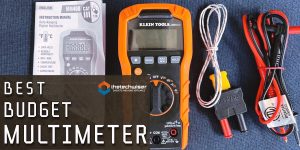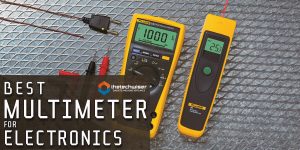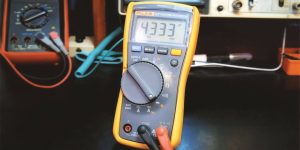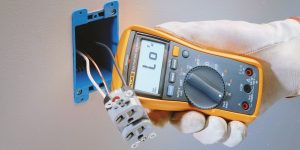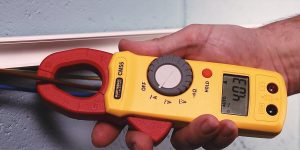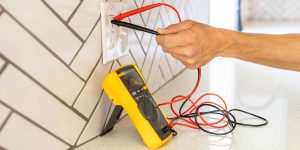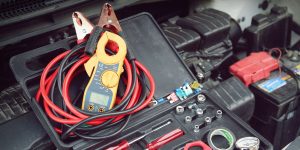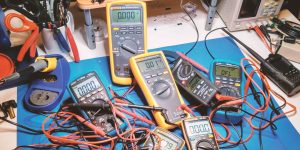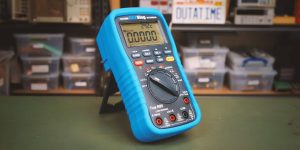If you’re like most people, you probably don’t think about electricity all that often. But if you want to be able to do some basic repairs on your own home, it’s important to know how to test outlets for proper function.
Luckily, this is a simple process that can be done with a multimeter. In this article, we’ll walk you through the steps involved in using a multimeter to test an outlet.
Why check the outlet?
The outlet is one of the most critical parts of your electrical system. It is what provides power to your home or business. If there are problems with your outlet, it can cause a variety of problems, such as:
- inability to use electrical devices.
- sparks or fire.
- damage to electrical devices.
If you experience any of these problems, it is important to check the outlet with a multimeter. It will help you determine if the outlet is receiving power and if there are any shorts or other problems.
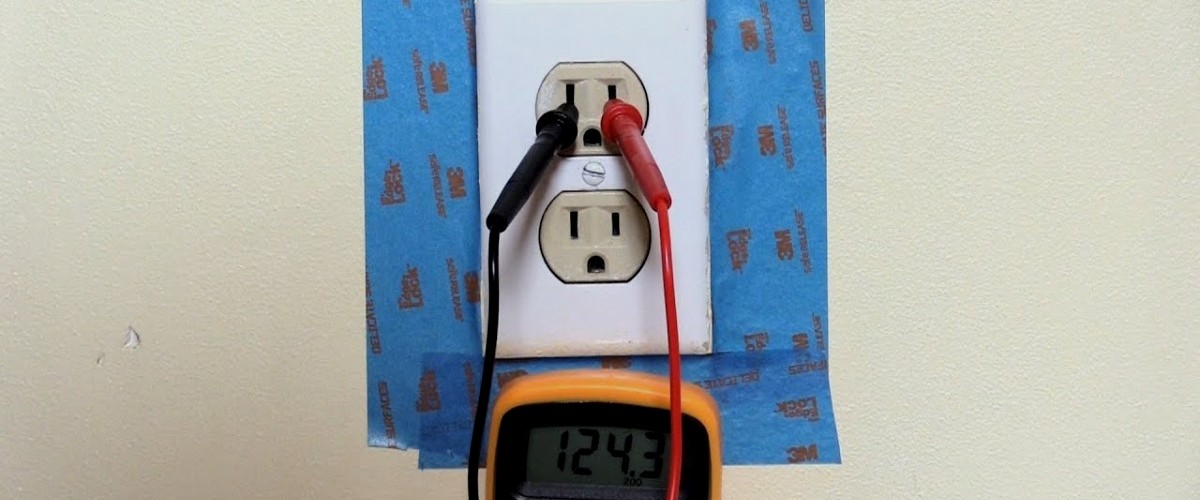
How to use a multimeter to test an outlet
Select the outlet you want to test and ensure it is turned off. Next, select a multimeter setting. The most common setting for testing outlets is the AC voltage setting. With its help, you can test whether or not the outlet is receiving power.
Once you have selected the proper setting, touch the probes to the outlet. Plug the multimeter into an outlet. Then, turn on the multimeter and select the “AC voltage” setting. Next, touch the black probe to the “hot” outlet terminal and the red probe to the “neutral” terminal. If the outlet receives power, you should see a reading of 120 volts on the multimeter. If the multimeter does not display a reading, this could mean that the outlet is not receiving power or there is a problem with the outlet. Besides, a good power outlet should show a reading of 230 or higher. A test reading of 230 to 250 is usually excellent.
You can also use an outlet tester to test an outlet. To do this, simply plug the tester into the outlet and look at the display. The tester will indicate if there is the power to the outlet and if there are any problems.
If you find that there is a problem with the outlet, it is crucial to have it repaired or replaced by a qualified electrician. Do not attempt to repair the outlet yourself, as this could be dangerous.
Safety tips when using a multimeter for testing an outlet
- Always use a multimeter that is in good condition. A damaged or inaccurate multimeter can give you false readings.
- Make sure the outlet is turned off before testing it.
- Wear rubber-soled shoes and do not stand in water when testing outlets.
- Do not touch the probes with your bare hands.
- Keep the area clean and dry, so you don’t get an electrical shock.
- When using an outlet tester, look for any blinking lights or codes that indicate a problem.
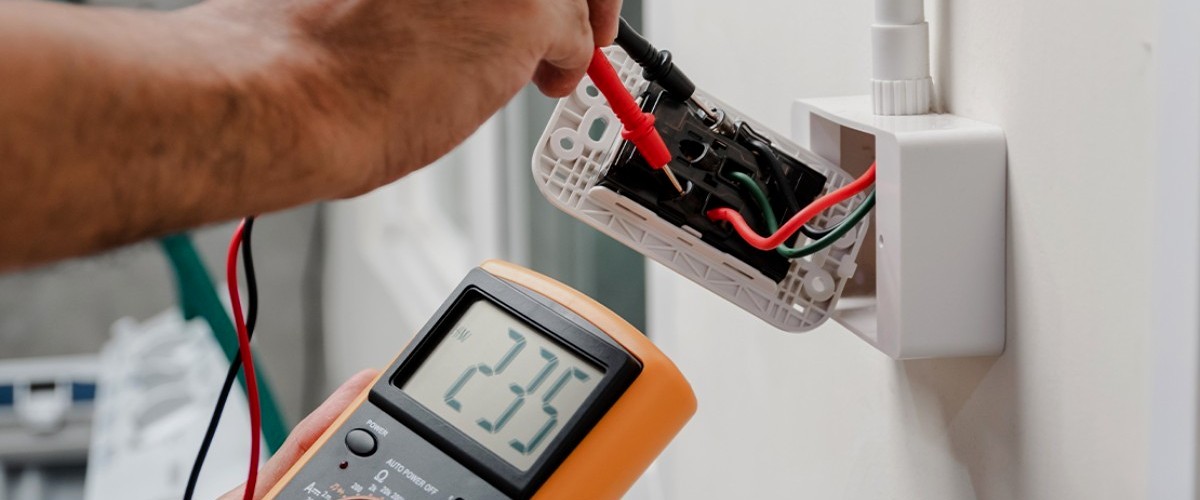
How to replace a damaged outlet?
- Replacing a damaged outlet is a simple process that can be done in a few minutes.
- The first thing you need to do is to turn off the power to the outlet at the circuit breaker.
- Next, remove the cover plate from the outlet.
- After that, unscrew the screws that hold the outlet in place and pull it out of the wall.
- Unscrew the wires from the old outlet and look for damage. If there is any damage, cut the wires and strip them, so they are about 3/4 of an inch long.
- Take the new outlet and screw it into place and screw the wires onto the new outlet.
- Turn on the power at the circuit breaker. Once it is turned on, test the outlet to make sure it is working correctly.
Testing for ground faults
If you experience problems with electrical devices, such as flickering lights or sparks, it is possible that there is a ground fault. A ground fault occurs when the electricity travels along a different path than it is supposed to. This can happen if the device is damaged or if there is a problem with the wiring.
To test for a ground fault, select the “resistance” setting on the multimeter. Touch one probe to the ground terminal on the outlet and touch the other probe to each of the hot terminals. If there is no reading on the multimeter, this means there is a ground fault. If there is a reading, it means there is a fault.
We are supported by our audience. When you purchase through links on our site, we may earn an affiliate commission at no extra cost to you.
Our newsletter
* We will never send you spam or share your email with third parties



